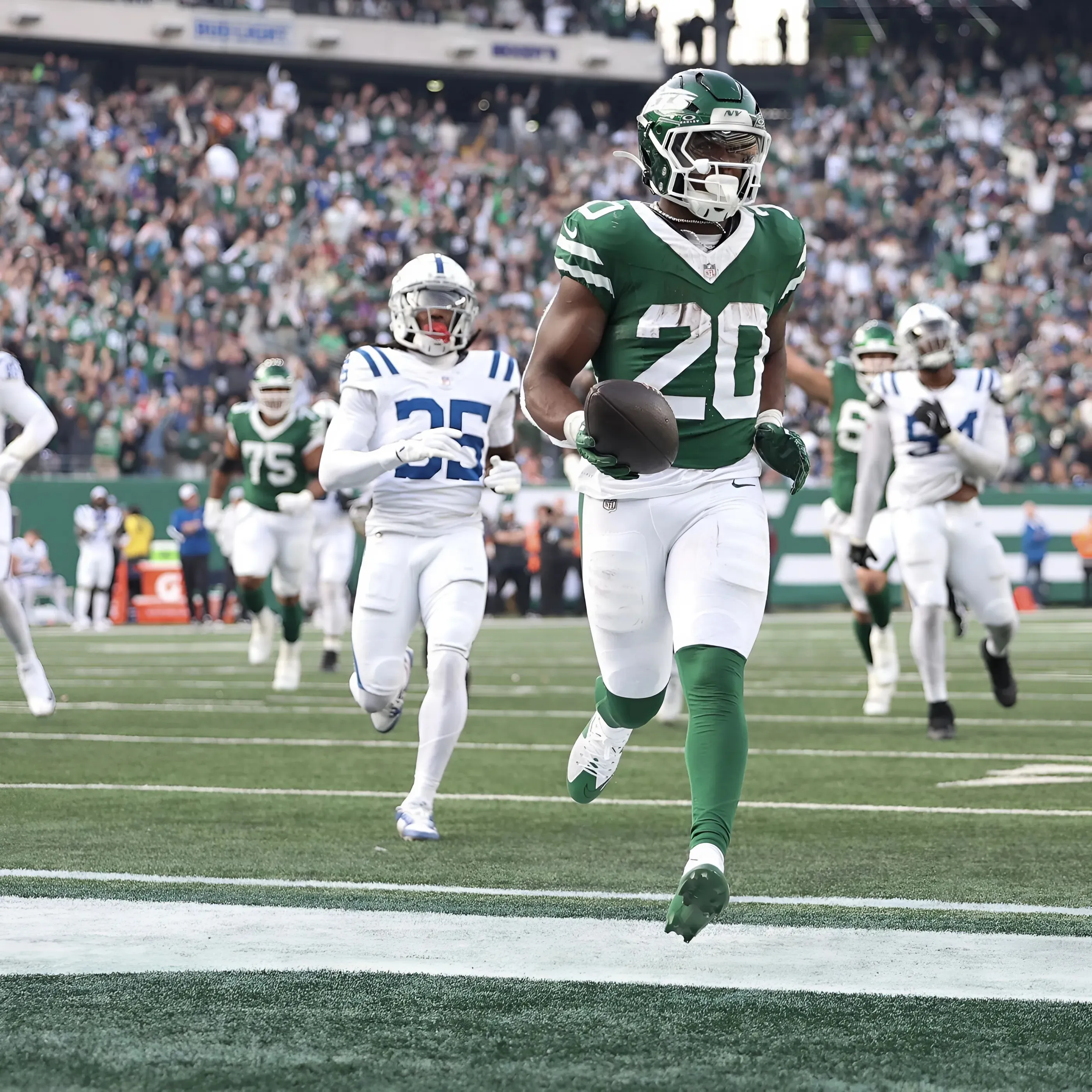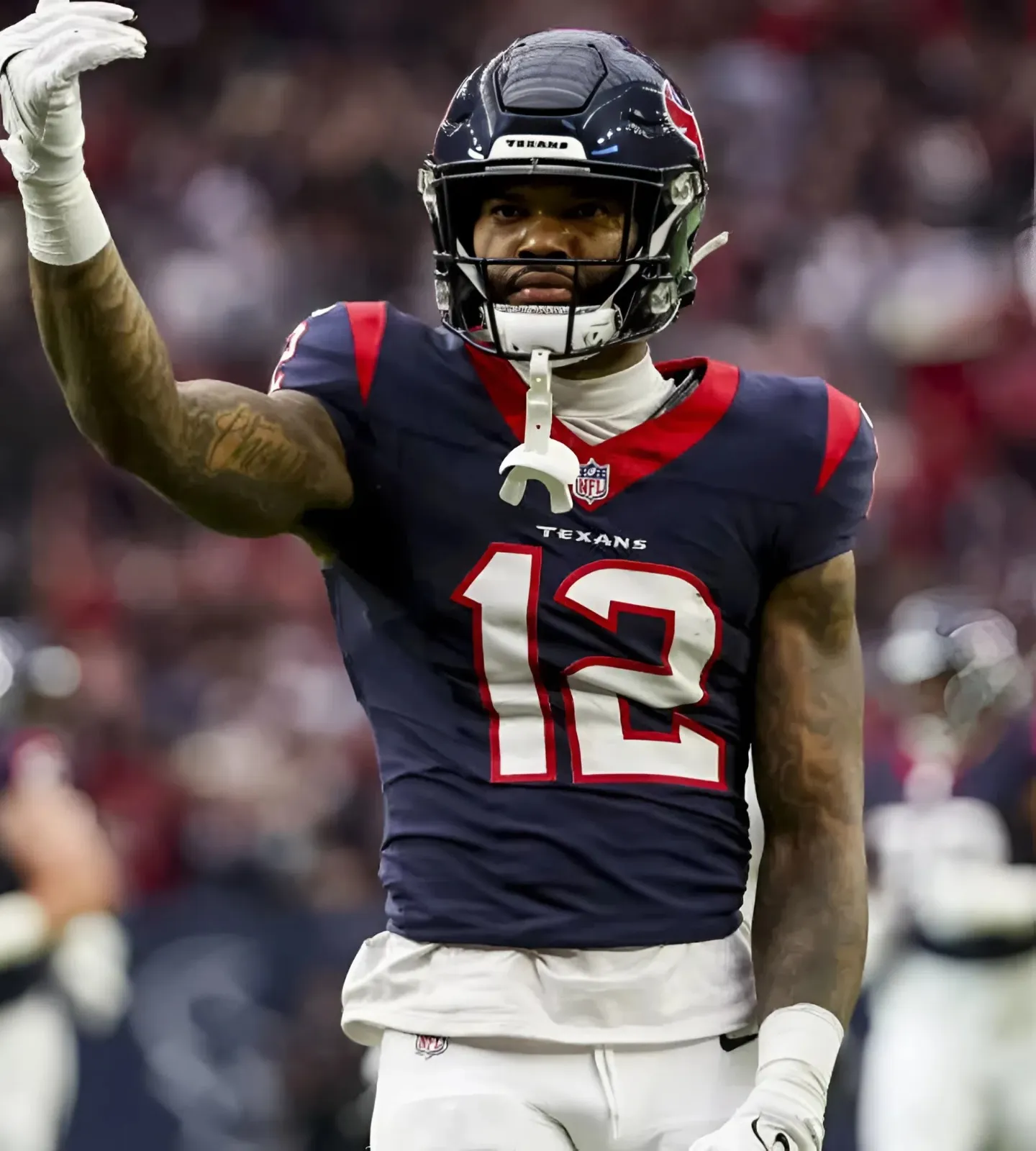With the Chicago Bears' season opener less than two months away, anticipation continues to build for the unveiling of their brand new offense.

As its architect, Bears head coach and play caller Ben Johnson is re-imagining and building the playbook from the ground up to maximize the unique strengths of quarterback Caleb Williams and the talent surrounding him.
Ben is also tapping into ideas from his coaching staff, who bring a deep and diverse set of experiences working under other great offensive minds, including Broncos head coach Sean Payton and Chiefs head coach Andy Reid.
While Ben has stressed that the Bears' offense won't be a carbon copy of what he ran in Detroit, we can still expect to see some of his same philosophies and tendencies that helped the Lions' offense become so dominant.
Two things we can expect ─ which have been hinted at by Ben and discussed by analysts and Bears fans ─ are a higher usage of 12 personnel and a lot more play-action passing.
One prediction that hasn't been discussed much, however, is a steep reduction in the usage of the no-huddle offense from what the Bears ran a season ago.
- In 2024, the Bears had the third-highest percentage of no-huddle offensive plays at 26%.
- The Lions ran no-huddle on just 4% of offensive plays, the fifth-lowest rate in the NFL.
- The median usage of no-huddle in the NFL was on 10% of offensive plays.
Of course, every team deploys a no-huddle strategy at times as part of their two-minute offense. It's essential when time is winding down and if the team is short on timeouts when trying to score at the end of a half or game.
High usage of a no huddle offense is rare
But as the Commanders showed last season, using it a whopping 64% of the time, it can be highly effective. They weaponized it as a tool to prevent defenses from making personnel adjustments, while leaning heavily into RPO, taking advantage of Jayden Daniels' dual-threat capabilities.
For the Bears, the high rate of no-huddle was often used as a spark plug in an anemic offense, especially as the first half wore on. In 2024, the Bears averaged an embarrassing 1.6 points in the first quarter (32nd) and only 5.9 points in the second quarter (24th).
The modest second-quarter increase was in part driven by the success of the no-huddle offense in helping move the sticks and score.
Then in the second half ─ because they were often playing from multiple scores down ─ using no huddle became more of a necessity when trying to score quickly and mount a potential late-game comeback.
What's interesting is that as the game entered the fourth quarter, Caleb often rallied and played his best, especially in no-huddle. He leaned deeper into his natural instincts and talent over executing exact play calls, and found a higher degree of success.

However, to me, this isn't an argument that continuing extensive use of no-huddle is warranted. Its success was more a reflection of a badly designed offense, which didn't play to his strengths.
Yet one silver lining of its high usage last season did emerge. We witnessed Caleb elevate his late-game play in the biggest and most time-pressured moments, driven by his focus, resilience and sheer will to win. This is a highly coveted quality of a successful franchise quarterback.
Why Ben used no huddle much less often in Detroit
The Lions were on the other end of the spectrum from the Bears in their first-half scoring in 2024. They went gangbusters out of the gate, averaging 18.0 first half points to lead the NFL.
Playing from ahead, Ben prioritized winning the time of possession battle. The Lions continued to mount a balanced run and pass attack to chew up time on long drives. And they used most of the play clock between plays before snapping to further drain the clock. That's how Detroit ranked second in the NFL in average time of possession per game in 2024, with 31 minutes and 46 seconds.
Ben also has a different philosophy with how he attacks defenses. Unlike the Commanders and with a different quarterback in Jared Goff than one like Jayden Daniels, Ben didn't prioritize trying to gain an advantage through no-huddle by preventing defensive substitutions.
Instead, he relied on his concept of multiplicity to make the same plays look different and different plays look the same. Built in is flexibility on how each play can be run to best exploit whatever defensive matchups are on the field.
Don't mistake this for never employing urgency though on Ben's part. He's been known to use sugar huddles, where the normal huddle takes place but then is broken rapidly and the play quickly executed. This puts defenses in a blender as they scramble to diagnose and line up accordingly before the ball is snapped. And they often don't, leading to an advantage for the offense.
We will see a lot less no-huddle offense being run by Caleb in 2025. Although I wouldn't be surprised if no-huddle usage is a tick higher than what Ben did in Detroit. Given Caleb's skillset including greater mobility along with his previous success with no huddle, I could see Ben using it a bit more in certain situations.
Be aware of unintended consequences and opportunities with this change
And that also may not be a bad thing. One downside of not practicing or using no huddle as often in Detroit's offense may have resulted in a costly, unintended consequence for Detroit's defense exploited in their playoff loss.

With the Bears once again facing off against the Commanders in Week 6, Bears defensive coordinator Dennis Allen must ensure the offense runs it enough that week in practice to keep their no-huddle defense skills sharp.
On the flip side, knowing no-huddle defense is historically a weakness for the Lions, it would be a savvy move if Ben dialed it up more in the Week 2 or Week 18 contests versus Detroit. They definitely wouldn't be expecting it from him.




